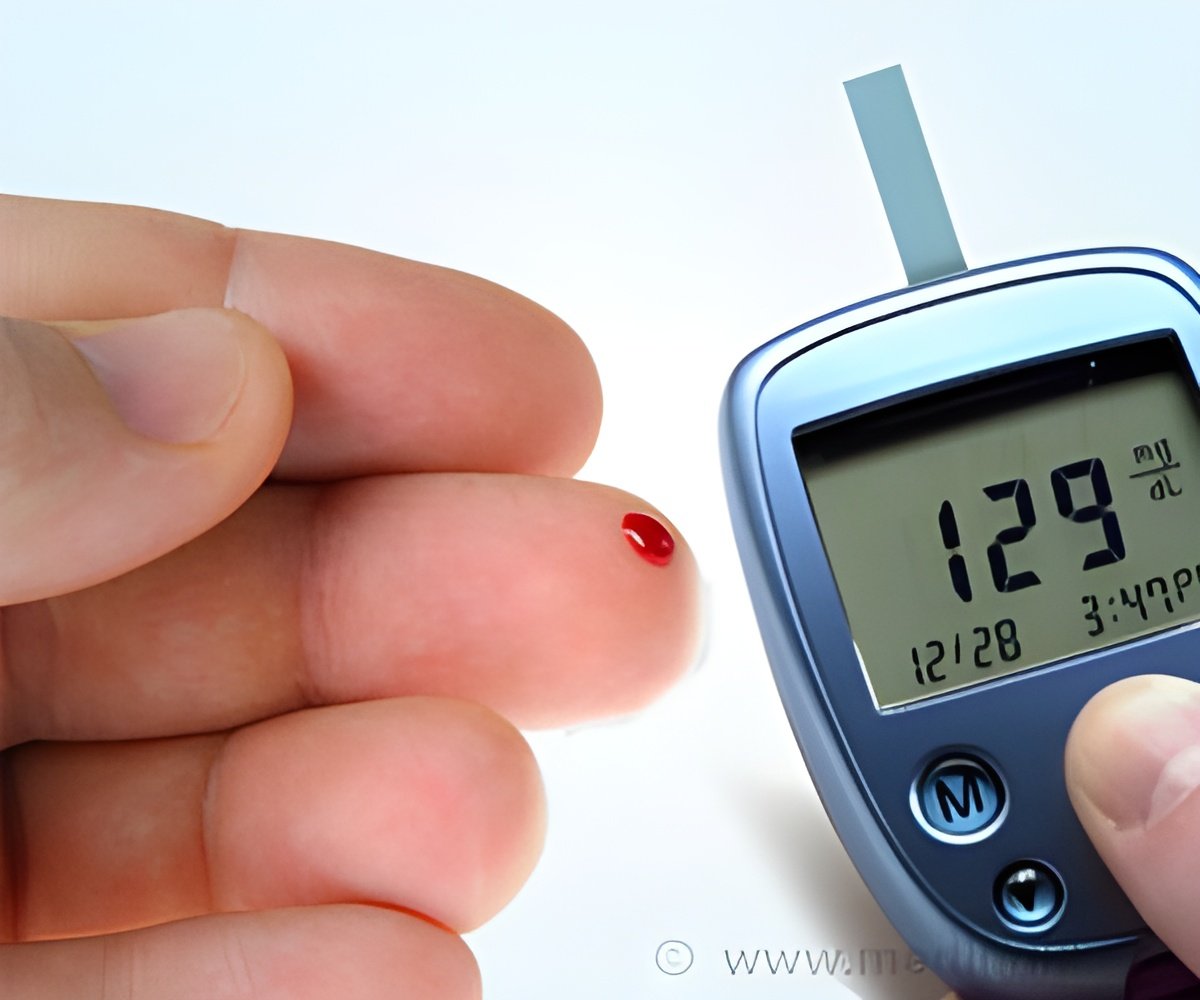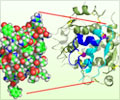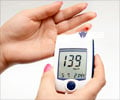Measuring the daily rise and fall of blood glucose or sugar levels is a routine part of life for millions of people in the United States living with Type 1 or Type 2 diabetes.

But even with all the modern interventions involving diet, drugs and lifestyle changes, diabetes is a surprisingly difficult disease to manage by attempting to restore this natural balance of hormones and glucose. Routine blood glucose measurements, a central part of disease management, helps patients and their caregivers plan when they should take insulin and other drugs and regulate their diet. These difficulties in managing the disease and the explosion of new cases of type 2 diabetes has motivated the search for new approaches to monitoring and therapy to further optimize clinical decisions and personalize glucose control.
Now a group of researchers at Harvard Medical School has discovered that there may be more to tiny fluctuations in blood sugar than meets the eye -- in fact, the largely-ignored instantaneous dynamics may provide a wealth of information encoded in the small, seemingly inconsequential ups and downs of blood sugar.
As they describe this week in the journal Chaos, from AIP Publishing, extracting this information may illuminate some of the poorly understood frontiers of human physiology and possibly even suggest new ways to monitor and treat diabetes based on maintaining and restoring the complexity of the overall control system, a notion they dub using the "system as target."
Continuous Glucose Monitoring
The new study was led by Madalena D. Costa, a statistical physicist at the Harvard Medical School, and Ary Goldberger, a cardiologist in the Beth Israel Deaconess Medical Center at Harvard Medical School and the Wyss Institute for Biologically-Inspired Engineering at Harvard University.
Looking at several days of this data, the team saw that glucose levels undergo small fluctuations constantly -- both in people with diabetes and in people without the disease. However, the fluctuations were different between the two groups, tending to be smaller and moving on a faster time scale in people who do not have diabetes.
They discovered this by applying a sophisticated mathematical technique called multiscale entropy analysis, which quantifies the complexity of data and compares the value to data sets obtained by shuffling the order of the measurements taken every five minutes in the 30 people and looking at how the variability between them changes.
"This combination of computational procedures allows us to say how unpredictable the time series is over different time scales," said Costa.
The analysis showed that the short-term fluctuations (as well as the longer term ones) do not represent uncorrelated randomness but encode complex information. Moreover they found that the information encoded in these fluctuations is significantly more complex in people without diabetes -- something doctors have never consistently observed before.
This apparent loss of complexity with the onset of the disease has led the Harvard team to suggest a novel way of studying diabetes, which they are calling "dynamical glucometry," an approach that would seek to uncover and make sense of the hidden information encoded in these fluctuations, rather than just relying on spot checks and average values.
Complexity, Physiology and Human Health
If diabetes is an emerging example of how healthy physiology tends to have more complex variability, it is not the only one. Nothing like dynamical glucometry has ever been systematically applied to the study of diabetes before, but similar approaches have been taken in other fields of medicine that have already added the nuance of complexity to how we understand basic human physiology.
One longstanding paradigm in physiology has held that the healthiest systems are the ones that display the most constancy -- an idea, called "homeostasis," that has reigned over the field for nearly a century. But now doctors are beginning to appreciate that this is not always true.
Goldberger, a cardiologist, points to the heart. Healthy young people have far more complex variability in their heart beats than older people who have heart problems. A healthy heart beats with a regularity less like a metronome than a maraca. Likewise, all the "instruments" in the body's orchestra may be marked by metrics that avoid what a "foolish consistency" in place of symphonic richness, Goldberger said. And for good reason.
"If everyone in the orchestra plays the same note at the same time, you would walk out," he said. "No one wants to hear excessive regularity or uncorrelated randomness, i.e., static."
Underlying this complexity in healthy human systems may be the fact that it confers a higher level of adaptability, allowing us to cope with unavoidable stresses over multiple time scales. The body is not a traditional machine, Goldberger said, and what you need to survive is the ability to make changes and not be locked into a single steady state under unyieldingly tight control or to be completely random.
If this is true of diabetes, then dynamical glucometry may uncover new ways of understanding the underlying physiological processes behind diabetes and suggest new treatments for the disease designed to restored multiscale complexity of the fuel regulation system.
MORE: Background on Diabetes and its Treatment
Diabetes is a chronic and complex disease marked by high levels of sugar in the blood, which arise due to problems with insulin, the hormone that regulates blood sugar levels. Normally our bodies maintain the appropriate blood sugar levels by constantly monitoring it and releasing insulin and other hormones to bring it up or down as needed.
But people with diabetes lose this natural balance and with it their ability to control their blood sugar. Type 1 diabetes is caused by an inability to produce insulin, and Type 2 diabetes is caused by an inability of the body to respond correctly to insulin.
Treatment for both types of diabetes has been far and away one of the most remarkable medical success stories in the last century, turning what was once an always-fatal disease into a chronic but manageable condition.
Even so, diabetes is still a major health concern in the United States, affecting an estimated 9.3 percent of the U.S. population -- some 29.1 million Americans, including hundreds of thousands of children and teens and more than a quarter of people over the age of 65. Despite advances in treatment, it remains a leading cause of kidney failure, amputation, blindness, and death in the United States, and its overall economic burden costs U.S. taxpayers $245 billion annually.
Moreover the U.S. Centers for Disease Control and Prevention has estimated that 86 million Americans -- more than one third of the U.S. adult population -- have "prediabetes" and are at increased risk of developing Type 2 diabetes within the next five years. MORE INFO FROM CDC: http://www.cdc.gov.
Source-Eurekalert
 MEDINDIA
MEDINDIA




 Email
Email










